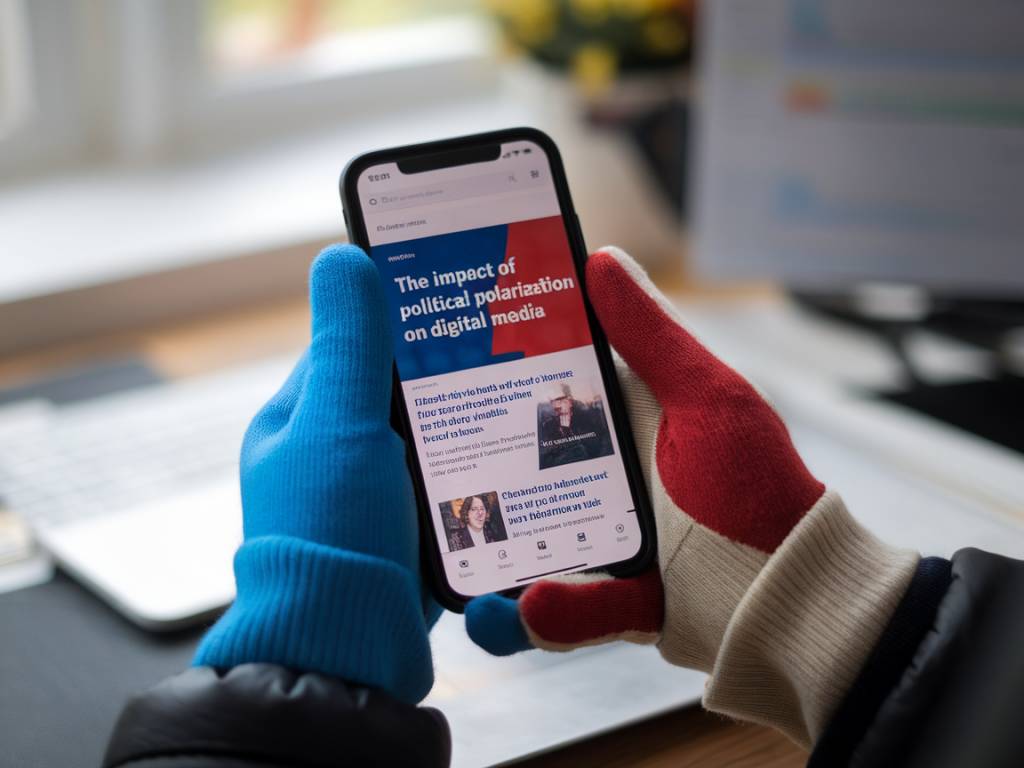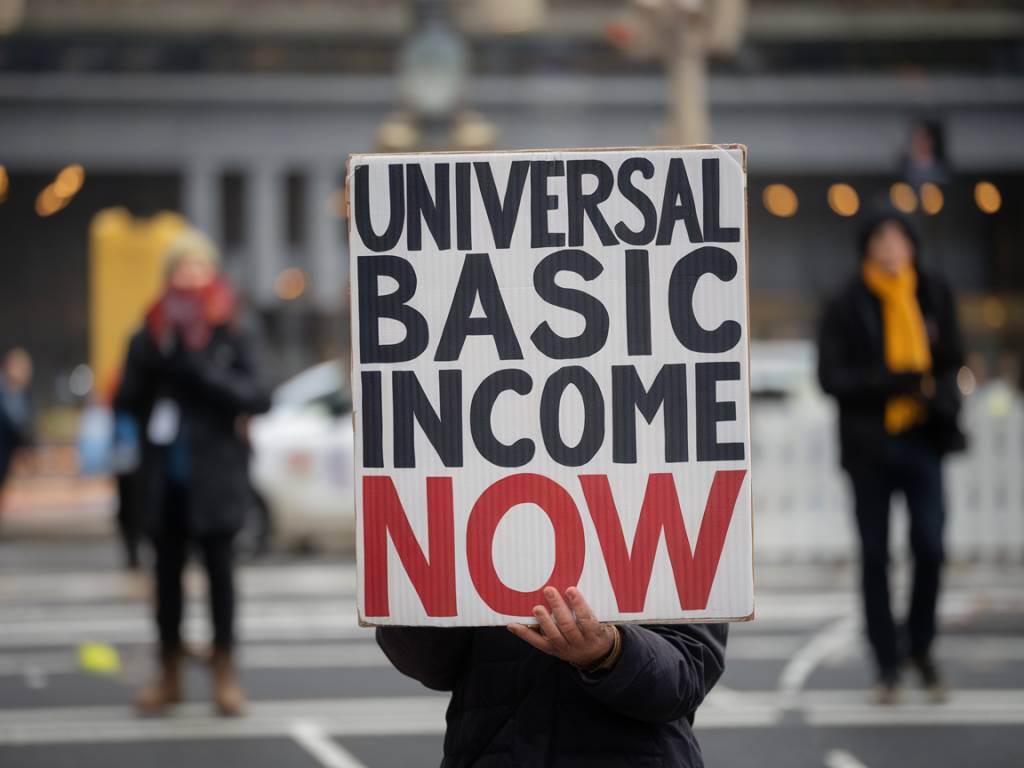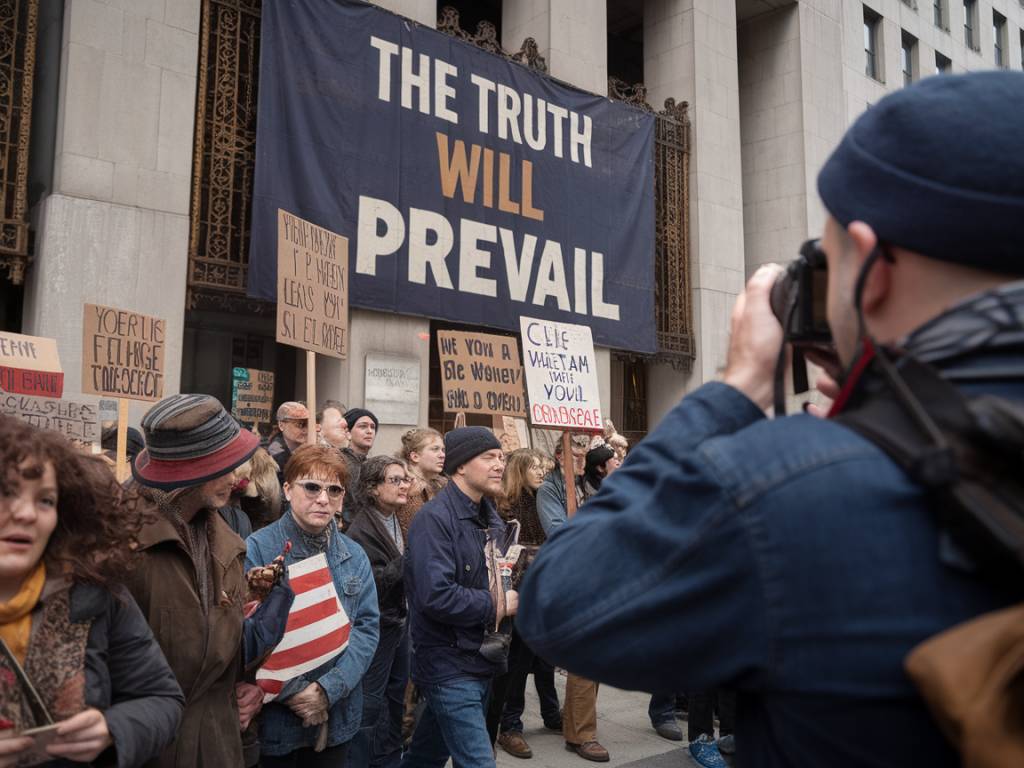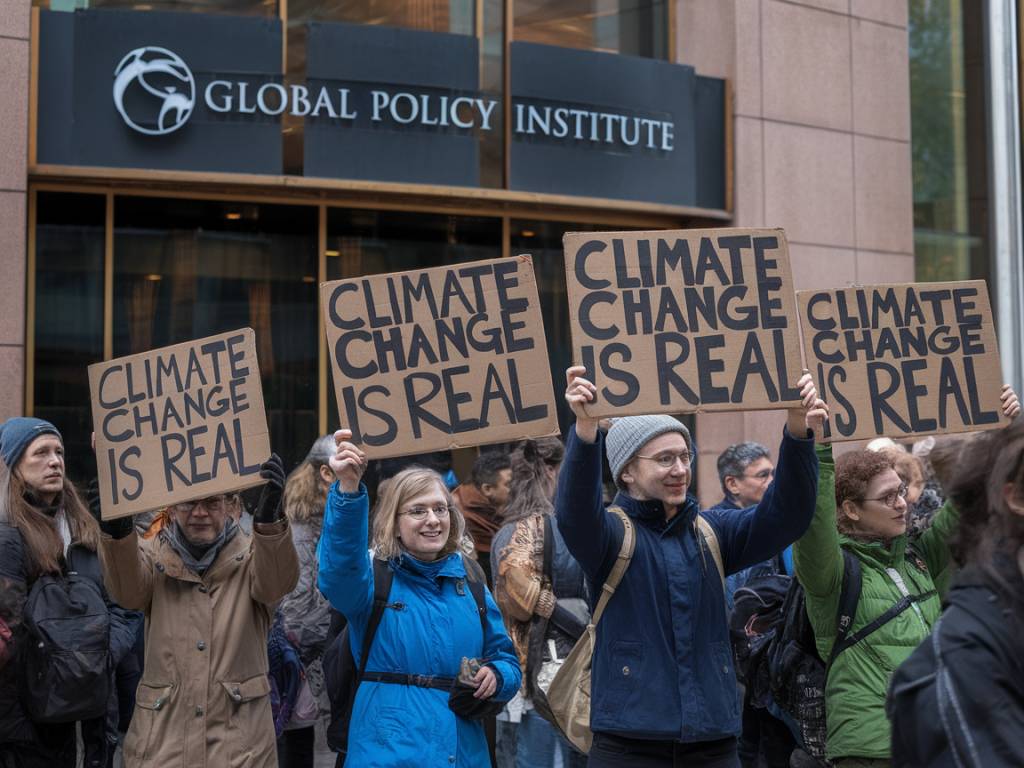The Deepening Divide: How Political Polarization Shapes Digital Media
Political polarization is not a recent phenomenon, but its impact on digital media has grown exponentially in recent years. As ideological divisions sharpen, digital platforms have become both battlegrounds for political discourse and tools of amplification, influencing how people consume information, form opinions, and engage with the world.
The Rise of Echo Chambers
One of the most concerning effects of political polarization on digital media is the emergence of echo chambers—online spaces where users are exposed primarily to viewpoints that align with their own. Thanks to algorithm-driven content curation, social media platforms and news aggregators prioritize posts, articles, and videos that confirm users’ pre-existing beliefs. This reinforces biases, fosters groupthink, and minimizes exposure to diverse perspectives.
Consider Facebook’s news feed or YouTube’s recommended videos. These platforms are designed to keep users engaged for as long as possible, optimizing for content that triggers reactions—likes, shares, and comments. As a result, users are funneled toward content that aligns with their views, often at the expense of factual accuracy.
Disinformation and the Weaponization of Media
Polarized environments create fertile ground for misinformation and disinformation, which have become major challenges in the digital age. Bad actors, including foreign influence operations and domestic groups, exploit political divides by spreading misleading or false narratives tailored to specific ideological audiences.
The 2016 U.S. presidential election brought international attention to the role of disinformation campaigns, with Russian bots and troll farms strategically targeting American voters. More recently, COVID-19 conspiracies, election fraud narratives, and deepfake technology have complicated the struggle against falsehoods in digital media.
The consequences extend beyond merely misleading the public; they deepen societal rifts, erode trust in traditional journalism, and make it increasingly difficult to establish a shared reality.
News Consumption: Fragmentation and Credibility Crisis
Traditional media outlets once served as gatekeepers, establishing journalistic standards and fact-checking processes. However, with the proliferation of digital media, independent blogs, partisan influencers, and alternative news sites have gained influence—many with little to no commitment to editorial integrity.
As audiences fragment across ideological lines, mainstream journalism faces a crisis of credibility. According to a Pew Research Center study, trust in traditional news sources varies drastically along political lines, with conservatives more likely to favor right-leaning outlets such as Fox News and Breitbart, while liberals gravitate toward The New York Times and NPR. This selective trust in news sources further entrenches polarization, as each side views the other’s preferred media as biased or unreliable.
Social Media as a Political Battlefield
It’s no secret that platforms like Twitter, Facebook, and TikTok have become political arenas where debates frequently escalate into hostility. From Twitter feuds between political figures to viral misinformation campaigns, social media amplifies polarization in ways that traditional media never could.
Algorithms favor sensationalist content, meaning that the most emotionally charged—often divisive—posts tend to rise to prominence. Outrage fuels engagement, and in a digital landscape where clicks translate to advertising revenue, there is a financial incentive for media outlets and influencers to lean into controversy.
The Role of Big Tech in Polarization
Technology companies find themselves in a precarious position, balancing free speech with content moderation. Platforms such as Facebook, YouTube, and Twitter have implemented policies to limit the spread of extremist content, misinformation, and election-related falsehoods. However, these moves have spurred accusations of censorship from various political groups.
The debate over content moderation often falls along ideological lines. Conservatives argue that Big Tech disproportionately censors right-wing viewpoints, while progressives argue that platforms fail to curb hate speech and radicalization effectively. With lawmakers proposing regulations and legal reforms such as revisions to Section 230 of the Communications Decency Act, the future of digital media governance remains uncertain.
Can Digital Media Bridge the Divide?
Despite its role in amplifying divisions, digital media also holds potential as a tool for fostering meaningful dialogue and bridging ideological gaps. Some platforms and initiatives seek to counter polarization by promoting fact-based reporting and encouraging cross-partisan discussions.
For example:
- News literacy programs aim to equip individuals with critical thinking skills to recognize misinformation.
- Platforms like Braver Angels facilitate constructive conversations between people of different political backgrounds.
- Some media organizations are adopting transparency initiatives, clearly distinguishing between opinion pieces and straight news reporting.
While these efforts are promising, they face an uphill battle against entrenched ideological division, algorithm-driven content delivery, and market-driven incentives favoring sensationalism over nuance.
Final Thoughts
Political polarization in digital media is not just a challenge for journalism or tech companies—it’s a societal issue with far-reaching consequences. As long as ideological fractures persist, digital media will continue to be both a mirror and a magnifier of our divisions.
Addressing polarization requires a multi-faceted approach, involving media literacy education, responsible platform governance, and a willingness from individuals to seek diverse viewpoints. Whether digital media will help heal or further divide societies remains an open question, but one thing is clear: the way we engage with online information has never mattered more.







